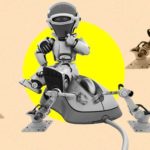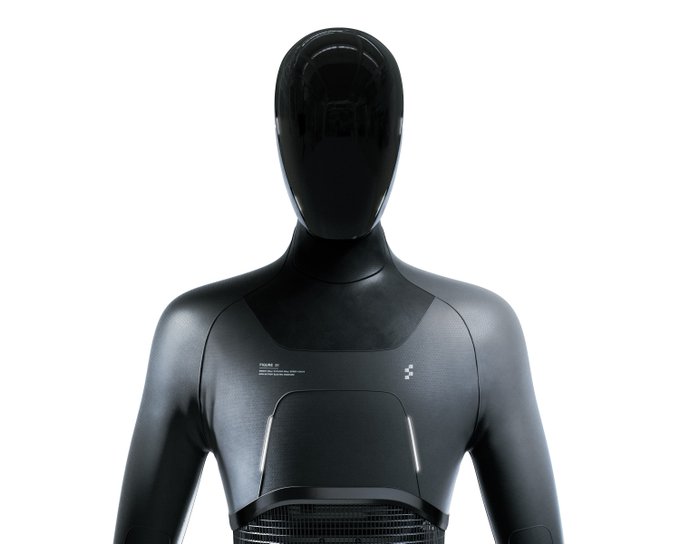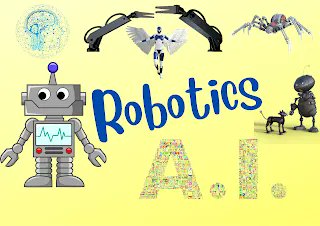The advent of artificial intelligence has not only reshaped our digital landscape but has also permeated various fields in unexpected ways. In the most recent manifestation of AI’s transformative power, researchers at the Technical University of Delft (TU Delft) in the Netherlands, and the École Polytechnique Fédérale de Lausanne (EPFL) in Switzerland have collaborated with OpenAI’s ChatGPT to design a robot. This groundbreaking project explores the potential benefits and risks of integrating AI into the design process.
ChatGPT: A New Player in Robotic Design
ChatGPT, a highly sophisticated language model developed by OpenAI, has been extensively utilized to generate human-like text, from poems and essays to complete books. The researchers at TU Delft and EPFL sought to explore whether this AI’s capabilities could extend beyond language, and into the realm of robotics.
Asking ChatGPT about the greatest challenges facing humanity, the researchers wanted the AI to assist in creating a robot that served a practical purpose. The outcome was a focus on the food supply chain, with the design task centering around a tomato-harvesting robot.
The Process and Output
Assistant professor Cosimo Della Santina, PhD student Francesco Stella from TU Delft, and Josie Hughes from EPFL followed ChatGPT’s design suggestions throughout the process. The AI’s input was particularly beneficial during the conceptual phase, as it provided cross-disciplinary insights and suggested economically valuable crops for automation.
As Stella elaborates, “ChatGPT extends the designer’s knowledge to other areas of expertise. For example, the chat robot taught us which crop would be most economically valuable to automate.” ChatGPT also proved its worth during the implementation phase, offering technical suggestions such as the use of silicone or rubber to avoid crushing tomatoes and recommending the use of a Dynamixel motor to drive the robot.
Mots-clés : cybersécurité, sécurité informatique, protection des données, menaces cybernétiques, veille cyber, analyse de vulnérabilités, sécurité des réseaux, cyberattaques, conformité RGPD, NIS2, DORA, PCIDSS, DEVSECOPS, eSANTE, intelligence artificielle, IA en cybersécurité, apprentissage automatique, deep learning, algorithmes de sécurité, détection des anomalies, systèmes intelligents, automatisation de la sécurité, IA pour la prévention des cyberattaques.






